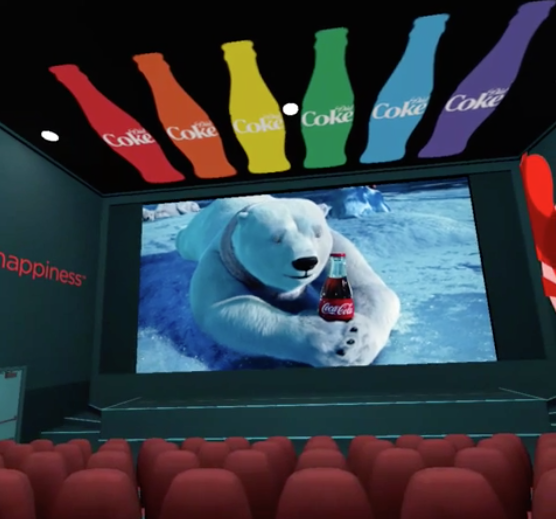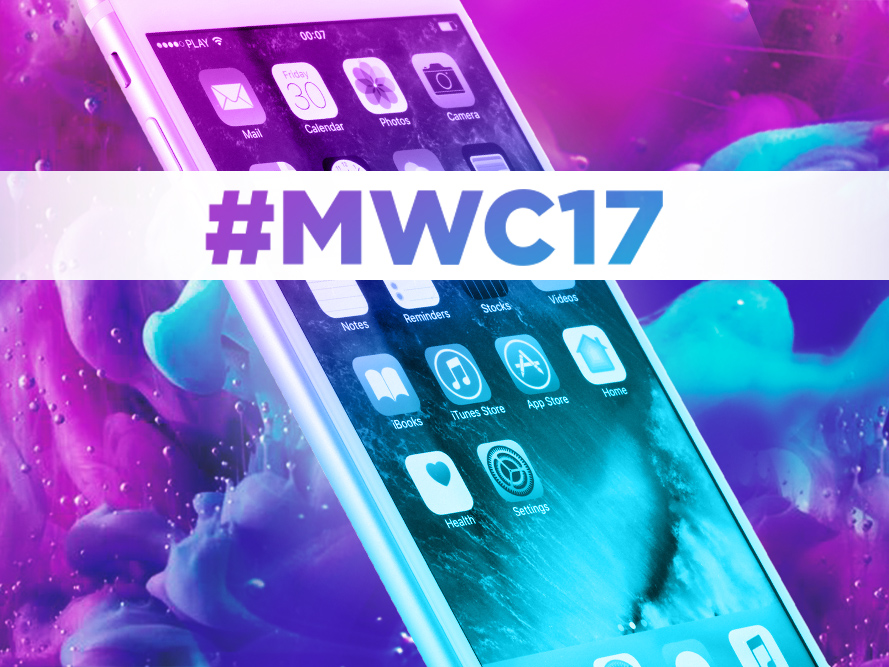Mobile World Congress is obviously about phones and tablets, but also encompasses the latest consumer technology on the move. Held from February 27 to March 2 in Barcelona, this year’s theme is “the next element”—a phrase that perfectly describes the quest to find what’s next for today’s consumers. While brands showed off the latest phones and tablets this week, a number of other technologies took center stage such as augmented and virtual reality, the Internet of Things (IoT), wearables and connected vehicles. Through all the flashy presentations and special announcements, here’s what marketers need to know from MWC 2017.
Mobile VR Is Growing Up
While those with HTC Vive or Oculus Rift may see mobile VR as “virtual reality light” in terms of interactivity, that won’t be the case for long. Samsung has unveiled a touchpad controller for its Gear headset that lets users point, drag and drop objects, tilt, shoot and more. The functionality is similar to that of the Google Daydream in that it’s designed for one-handed use, and smaller than controllers for HTC Vive.
“This much we can promise. Virtual reality is about to become more multi-sensory, more intuitive and even more enjoyable,” said David Lowes, CMO of Samsung Electronics Europe, during the company’s press conference.
Google announced that it has shipped over 10 million Google Cardboard units since its initial launch in 2014. In addition, there have been over 160 million downloads of Cardboard apps—with more than 30 being download over one million times. Augmented reality is another big focus for Google with apps coming soon to Google Cardboard—The Sims app, the Chelsea FC app “Chelsea Kicker,” and The Wall Street Journal app, “WSJ AR,” although availability has not yet been revealed.
As mobile VR becomes more accessible, marketing on these platforms will naturally follow suit. Adobe is already experimenting with VR advertising and presented a few prototypes at the conference. The ads appear in a simulated movie theater experience, with content playing on a virtual, 2D screen (similar to content made available by Netflix, HBO and Hulu).
These are by no means all examples of mobile VR represented at MWC—but announcements like these are a good sign that the medium is not just gaining popularity, but being taken seriously.

Connection Is Key
Remember when phones were just for making calls? There’s a reason why the platform is called “mobile devices” rather than “phones” these days—they have simply evolved into so much more. Now that our phones are entertainment centers, telecommunication devices, personal assistants and creative suites all in one, the next step is making sure these tasks can be performed quickly.
During its press conference, Samsung stressed the importance of investing in 5G, announcing its upcoming range of devices including a 5G home router. The company has been working closely with Verizon and testing its devices overseas in preparation for widespread availability over the next few years.
It’s not just phones that are being connected, however—5G’s low latency means faster connections for industrial services, autonomous cars and the IoT. Vodafone and Huawei performed a live demonstration at the world famous Circuit de Barcelona-Catalunya race track, using cellular technology connecting cars to each other, to people and to roadside infrastructure. Passengers in an Audi vehicle fitted with C-V2X technology were able to experience connected features like warning mechanisms and a “see-through” video feed that offered views normally unseen.
Whether it’s 5G or whatever comes next, consumers are getting accustomed to instant or at least, very fast results. In the case of self-driving cars, lives could literally hinge on how fast a network is, but even a slow-loading website is enough to send consumers packing.
Never Stop Innovating
MWC has become a platform for all things technology and if there’s anything we’ve learned over the years, it’s that successful brands never stop innovating. Even small changes to a product or service based on consumer feedback or lessons learned can make a world of difference in the competitive marketplace.
Tech conventions like MWC can sometimes feel like the World’s Fair, filled with with gadgets that we once only read about in science-fiction novels.
Innovation can be a new way of approaching customer service or a complete overhaul of a product idea, but at the core of every great idea is the goal of improving the brand experience.

